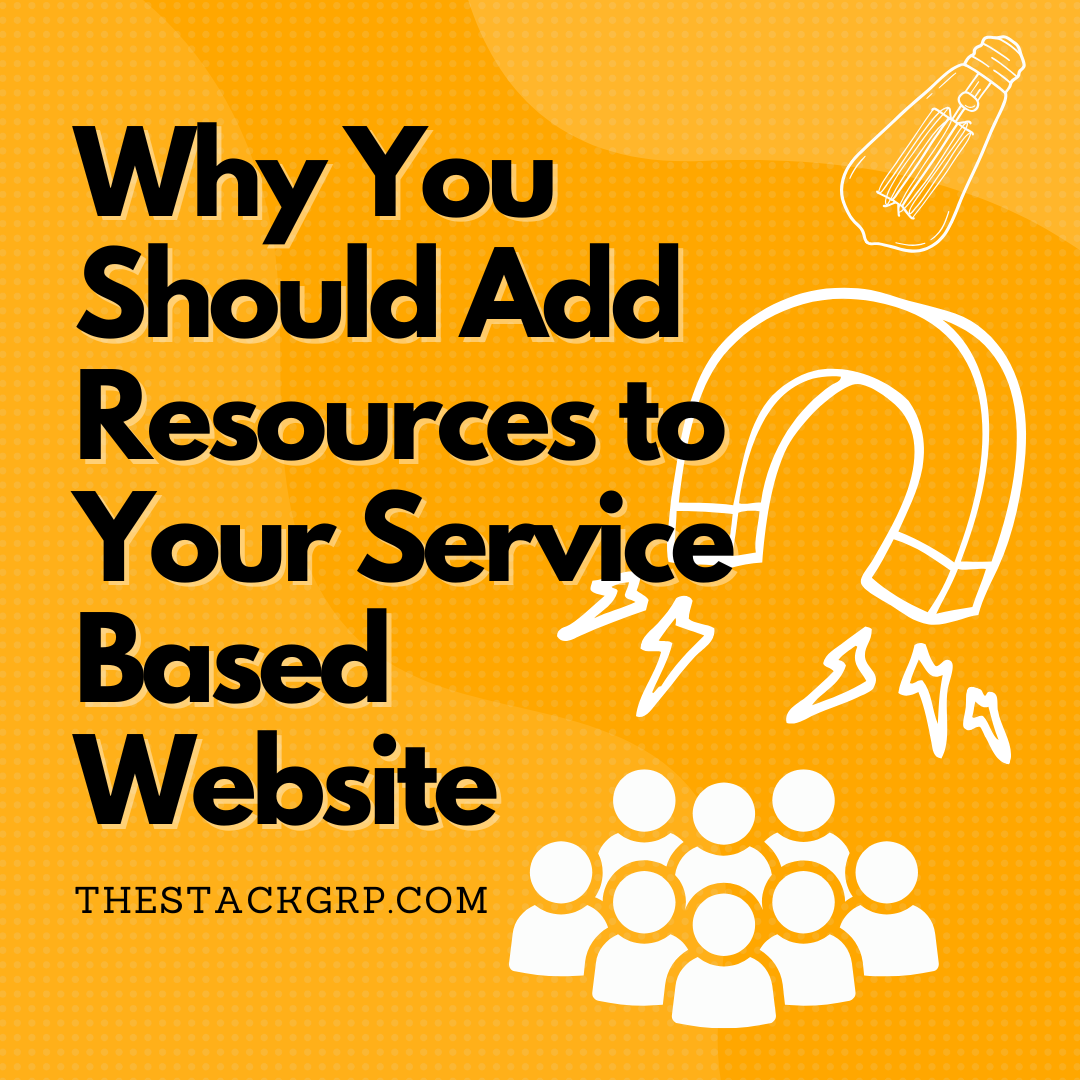Follow Us
Contact Us
Redesign Your Website Without Losing Your SEO Edge
While updating and redesigning your website can bring new life to your online presence, it can also have a negative impact on your search engine rankings if not done carefully. Having spent some time working on this very topic over the years, I've seen firsthand the challenges and pitfalls that can come with redesigning a website while maintaining strong SEO practices.

Why Website Redesigns Can Be Tricky for SEO
Before we jump into the steps you should take to keep your SEO in check during a website redesign, let's understand why it can be tricky in the first place. A website redesign typically involves changes to the overall design, structure, urls, and content of a website. These changes can potentially affect your search engine rankings if not implemented correctly.
Search engines use algorithms to determine where websites rank in their results pages. These algorithms consider various factors such as site structure, content relevance, and backlinks. When a website is redesigned, these factors can be impacted if not properly managed.
Steps to Redesign Your Website Without Losing SEO
I'll make these recommendations simple and easy to understand, so you can apply them to your website redesign project right away.
Before You Do Anything - Plan Ahead and Document
One of my top recommendations PRIOR to redesigning your new website is to plan ahead and document everything. Specifically, download or create a sitemap of your current URL structure, write out all current Meta Titles, Meta Descriptions, and Headings for each page, and make a list of any important backlinks your site has. Having this information readily available will help you maintain consistency and make sure no important pages or links are lost during the redesign process. You may also want to take screen shots of all your website pages as well as products if you have an ecommerce site.
While this can take a good deal of time, it will save you from potential headaches and SEO ranking loss in the long run. I've seen countless situations where companies failed to note these elements and lost the old data prior to updating the new site. Take all precautions and gather all pertinent information prior to the redesign. With this in mind, here are the steps to take during the redesign process:
1. Keep Your Site Structure Consistent
The structure of a website refers to how pages and content are organized and linked together. It's important to maintain consistency in your site structure as much as possible during a website redesign. This means keeping the same URLs, page hierarchy, and internal linking structure. Changing these elements can confuse search engines and lead to a loss in rankings.
2. Maintain URL Structure
URLs are unique addresses that identify each page on your website. They play a significant role in SEO as they help search engines understand the content and relevance of a page. When redesigning your website, it's important to preserve your URLs or set up proper redirects if necessary. This will ensure that any existing backlinks to your old pages will still lead to the correct content on your new site. Understanding there will be situations where you may be changing some of the URL structure or you may have a web builder that creates system URLs for items like products - be sure to set up permanent redirects from old URLs to new ones.
3. Transfer Over Page Titles and Descriptions
Page titles and descriptions are important elements of on-page SEO. They provide a brief summary of what each page is about and help search engines determine its relevance to a user's search query. When redesigning your website, make sure to transfer over all meta titles and descriptions from your old site to the new one. This will help maintain consistency and prevent any negative impacts on your rankings.
4. Update Internal Links
Internal linking plays a crucial role in website structure and navigation. It helps users navigate through your site and also assists search engines in understanding the hierarchy and importance of pages within your site. During a website redesign, it's important to update internal links as necessary to reflect any changes in your site structure. This will help maintain a smooth user experience and ensure that search engines can properly crawl and index your new site.
5. Update Alt Text for Images
Images on your website can also impact your SEO. Search engines use alt text to understand what an image is about, as they cannot "see" images the way humans do. When redesigning your website, be sure to update the alt text for all images to reflect any changes in content or keyword usage. This will help improve the relevance of your images and potentially boost your rankings.
6. Set up 301 redirects
A 301 redirect is a permanent redirection from one URL to another. Setting up 301 redirects is crucial during a website redesign, especially if you need to change any URLs. This ensures that visitors and search engines are directed to the correct new URL even when they try to access an old one. Properly implemented 301 redirects help preserve the link equity from the original pages, maintaining your SEO rankings and providing a seamless user experience. Forgetting to set up these redirects can result in 404 errors, which negatively impact both your users and your search engine rankings.
7. Update Sitemap and Submit to Google Search Console
A sitemap is a comprehensive list of all the pages on your website, helping search engines crawl and index your site more efficiently. After completing your website redesign, it’s essential to update your sitemap to reflect any changes in your site structure or new URLs. Once your sitemap is updated, you should submit it to Google Search Console and Bing. Typically your sitemap is yourwebsite.com/sitemap.xml . This will help search engines find and index your new site more quickly, ensuring that your SEO rankings are maintained.
8. Optimize Site Experience and Speed
While we covered several technical SEO aspects of a website redesign, it's also important to consider the overall user experience and site speed. These factors can impact your SEO in terms of bounce rate, time on site, and referrals from other websites. Be sure to optimize your new site for mobile devices, improve page loading times, and make navigation easy for visitors. This will not only benefit your SEO but also lead to a better overall experience for your users. Don't forget that design and SEO go hand in hand.
9. Monitor and Adjust Using Google Search Console
Once your redesigned website is live, ongoing monitoring and adjustments are key to maintaining and improving your SEO performance. Google Search Console is an invaluable tool for this process. Regularly check the Console for any crawl errors, indexing issues, or drops in traffic that might indicate problems with your new site. Pay close attention to the Coverage report, which lists any pages that couldn’t be indexed by Google, and the Performance report, which provides insights into your site's search traffic and keyword rankings. Quickly addressing any issues that arise will help keep your SEO on track and ensure a successful website redesign.
While there's no perfect formula to keep your SEO values unchanged during a website redesign, following these steps and keeping consistency in your site structure will greatly help minimize any negative impacts on your rankings. Once you have time to ensure that all elements have been successfully transferred, you can continue to focus on optimizing your website for even better SEO performance.
Need help!? We've handled literally hundreds of website redesigns and can help ensure that the majority of your SEO is protected. Whether you need comprehensive web design services or affordable SEO services, our expert team is ready to assist you. Feel free to shoot us a text at (857) 256-1295 or shoot us a message. Just need a few questions answered? That's cool too! - anyway we can support you, let us know!
Questions? Have a project you're ready to launch?
Simply text our team at
(857) 256-1295 or send us a message!
Latest Articles



SERVICES
RESOURCES
ONBOARDING

